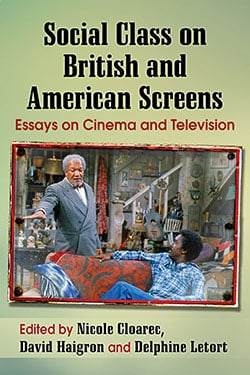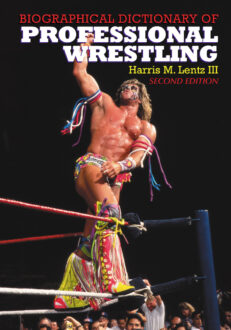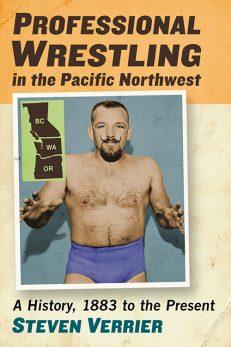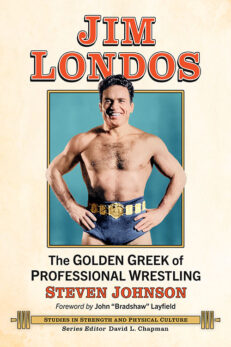Social Class on British and American Screens
Essays on Cinema and Television
$39.95
In stock
About the Book
At a time when debates about social inequality are in the spotlight, it is worth examining how the two most popular media of the 20th and 21st centuries—film and television—have shaped the representation of social classes. How do generic conventions determine the representation of social stereotypes? How do filmmakers challenge social class identification? How do factors such as national history, geography and gender affect the representation of social classes? This collection of new essays explores these and other questions through an analysis of a wide range of American and British productions—from sitcoms and reality TV to documentaries and auteur cinema—from the 1950s to the present.
About the Author(s)
Bibliographic Details
Edited by Nicole Cloarec, David Haigron and Delphine Letort
Format: softcover (6 x 9)
Pages: 264
Bibliographic Info: 13 photos, notes, bibliographies, index
Copyright Date: 2016
pISBN: 978-1-4766-6234-3
eISBN: 978-1-4766-2312-2
Imprint: McFarland
Table of Contents
Table of Contents
Acknowledgments iv
Introduction (Nicole Cloarec) 1
Part One. The Persistence of Stereotypes: Social Class in TV Sitcoms and Series
Six Decades of Social Class in American Sitcoms (Richard Butsch) 18
Social Class and Class Distinctions in “Britcoms” (1950s–2000s)
(Renée Dickason) 34
Authenticity and Performance of Class in British Factual TV Series (Jonathan Bignell) 58
Part Two. Going Beyond Stereotypes? Social Class in Documentaries and Docudramas
“The only way is UP”: Social Mobility in Michael Apted’s UP Documentary Series (Sabine Hillen) 76
Race and Class in Luisa Dantas’s Land of Opportunity (Delphine Letort) 89
“Gizza job! I can do that!” The Unmaking of the British Working Class in Alan Bleasdale’s Boys from the Blackstuff (Carys Lewis) 101
From Documentary to Docudrama: Post-War British Television and the Social Issues of the Lower Classes (Georges Fournier) 115
Part Three. Representing Class Divisions in Films
The Representation of Strike in British Cinema Since 1956: From
Class to Gender and Ethnicity (Anne-Lise Marin-Lamellet) 134
In Praise of the Working Poor: Archeology of Class Struggle through the Arts of Representation in Comrades and The Fool (Nicole Cloarec) 153
Ken Loach and the Geographies of Class (Wendy Everett) 167
Part Four. Social Class through a Gender Perspective Vanishing Act: The Sexualization of the Workplace and Disappearance of Class in American Television Dramas (1990s–2010s) (Ava Baron) 184
The Gender and Class Politics of Social Realism in The Wire (T. Ann Kennedy) 204
Striking Women: Salt of the Earth, Norma Rae and Bread and Roses (Penny Starfield) 218
Art and the Reversal of Hierarchies: Representing Women in Domestic Service in Upstairs, Downstairs (Delphine Lemonnier-Texier) 234
About the Contributors 249
Index 251






